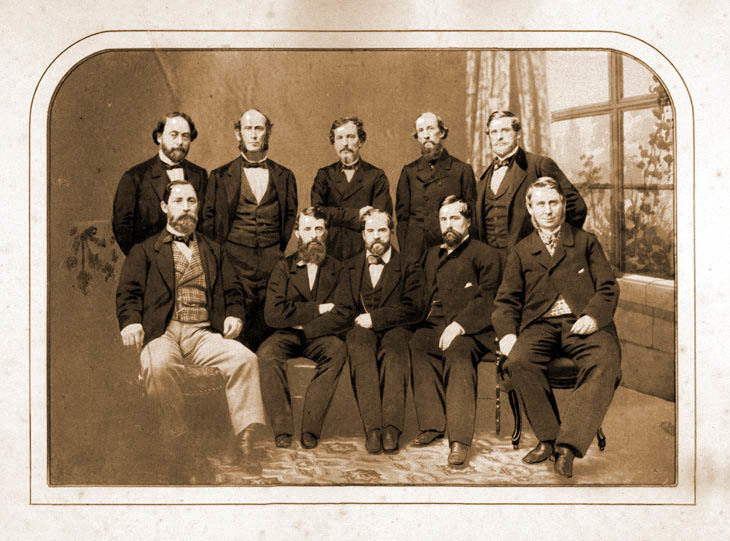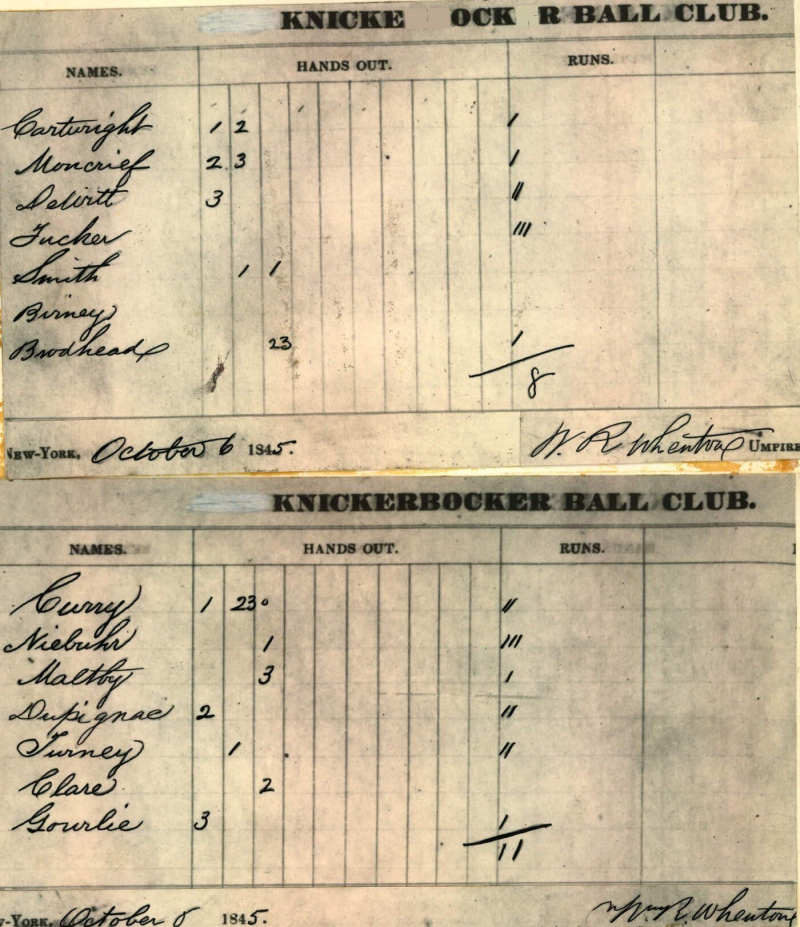He contributed to establishing baseball's regulations
In September 1845, the club drafted a formal constitution, and Cartwright was named secretary and vice-president. Cartwright took the initiative to recommend to the other Knickerbocker Club members that they record the rules for the game they played, one of the interesting facts about Alexander Cartwright. The game's customs have previously only been passed down verbally and never in writing. Four members, including Cartwright, decided on the 14 written regulations. The biggest regulations were necessary because of Madison Square's size, which was where the Knickerbocker Club played the most frequently.
A rule defined fair and foul zone and did away with the cricket-specific circular field. The bases were established in the shape of a diamond, spaced 90 feet apart, and limited to four (including home plate) by the club members. Because they saw it as impolite and un-manly, soaking was also prohibited by Cartwright and the other Knickerbocker rule-makers. The more polite methods of retiring a runner—tagging them with the ball or getting the ball to a base before they got there—became the norm.
Later, Cartwright was credited for enacting two other significant rule modifications: limiting the number of players to nine on each side and establishing a nine-inning game. However, experts on baseball history question whether Cartwright and the other Knickerbocker rule creators should truly be given the credit for these inventions. The Knickerbockers often fielded eight players during their first few seasons, including a pitcher, catcher, three infielders (one at each base), three outfielders, and a pitcher. They utilized 9, 10, or even 12 players in previous games.
It wasn't until 1849 that the shortstop position was created when it became necessary to relay throws from the outfield to the infield. (At the time, the ball used was so light that players could not throw it from the outfield in a single throw.) The decision to play nine innings was made by a convention of baseball players in 1857; before that, the game was often won by the first team to score 21 runs.









